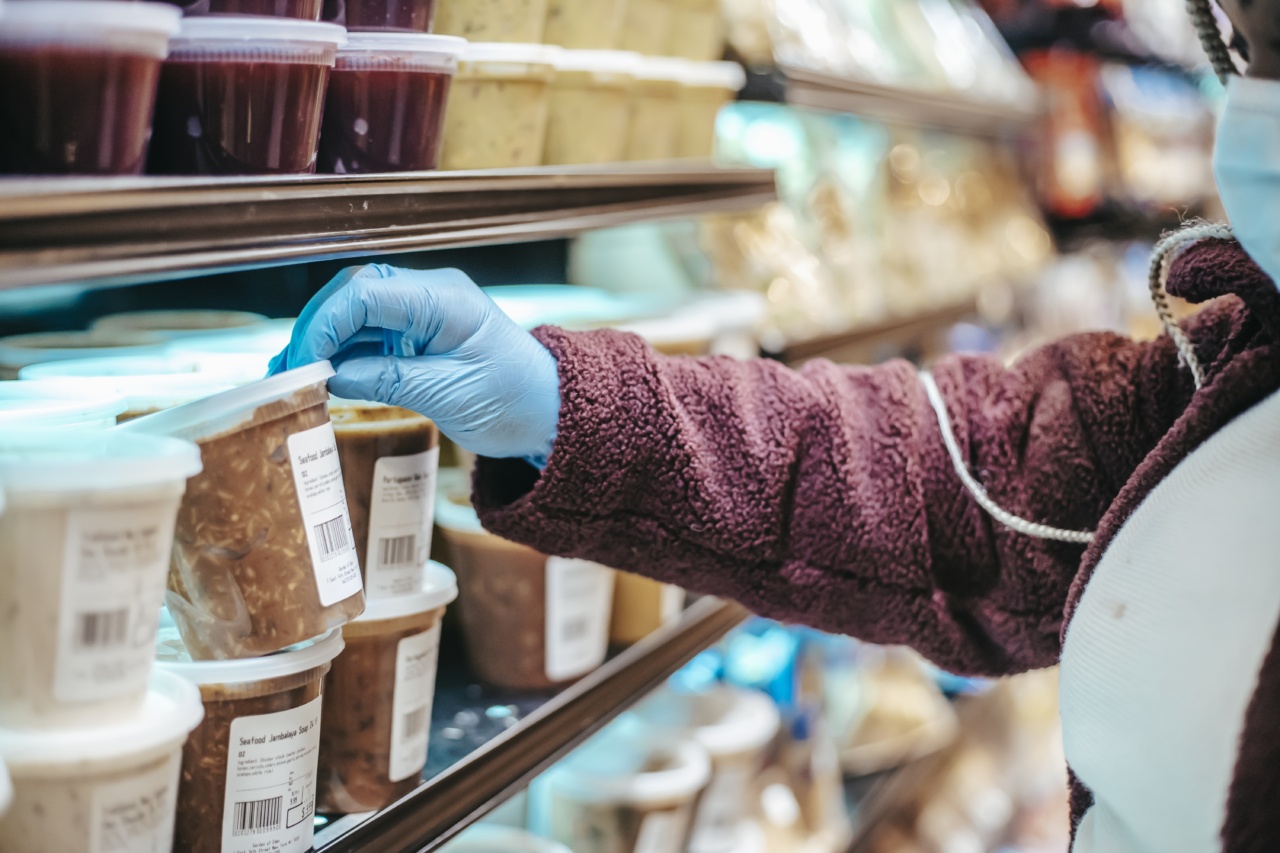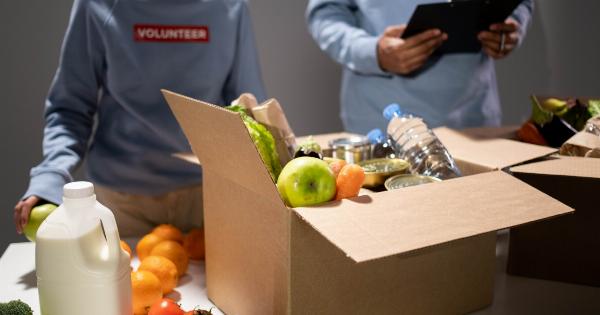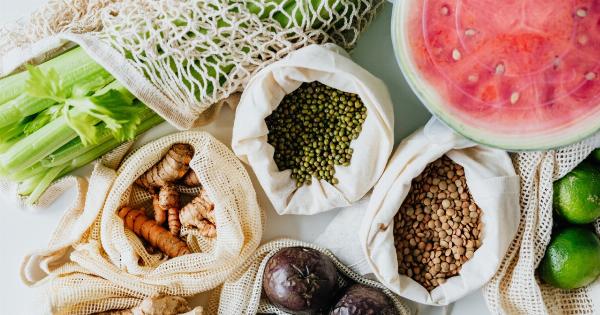Proper packaging and storage of food is essential to ensure its safety and freshness.
Whether you are packaging food for personal use or for commercial purposes, following the necessary guidelines can help prevent spoilage, contamination, and other food-related issues. This article will provide you with valuable tips on how to properly package standard food to maintain its quality and extend its shelf life.
1. Choose the Right Packaging Materials
Selecting the appropriate packaging materials is the first step towards ensuring the safety and freshness of your food. Here are a few commonly used packaging options:.
a) Plastic containers: Food-grade plastic containers are popular for their durability and convenience. Ensure that the containers are made of BPA-free materials and have airtight lids to prevent air and moisture from entering.
b) Glass jars: Glass jars are an excellent choice for packaging a wide range of standard foods. They are non-reactive, do not absorb odors, and allow you to see the contents easily. Look for jars with vacuum-sealed lids.
c) Vacuum-sealed bags: Vacuum-sealing removes air from the bags, reducing the risk of spoilage and extending the shelf life of the food. These bags are commonly used for storing meat, fruits, and vegetables.
2. Use Suitable Wrapping Techniques
Once you have chosen the appropriate packaging material, it’s crucial to use proper wrapping techniques to ensure the freshness and safety of your food:.
a) Wrap individual portions: If you are packaging food for individual servings, such as sandwiches or snacks, wrap each portion separately. This prevents any potential cross-contamination and allows for easy grab-and-go.
b) Double wrapping: For highly perishable foods, consider double wrapping them. Use a layer of plastic wrap or foil as the primary barrier, followed by a layer of airtight packaging such as a zip-lock bag.
This extra layer provides an added barrier against moisture and air.
c) Use freezer paper: When packaging food for freezing, opt for freezer paper instead of regular wax or parchment paper. Freezer paper has a plastic or polyethylene coating on one side that helps protect the food from freezer burn.
3. Label and Date the Packages
Properly labeling and dating your food packages is essential for efficient organization and rotation. Follow these guidelines:.
a) Label the contents: Clearly label each package with the name of the food, especially if it’s an ingredient commonly used in different forms (e.g., chopped tomatoes versus tomato sauce).
b) Indicate the date: Write the packaging date on each package. This practice helps you keep track of the food’s freshness and ensures you consume it within the recommended time frame.
4. Store Food at the Appropriate Temperature
Storing food at the right temperature is crucial for maintaining its safety and quality. Follow these tips:.
a) Refrigeration: Most standard foods require refrigeration to prevent bacterial growth. Set your refrigerator’s temperature between 32°F (0°C) and 40°F (4°C) to keep perishable foods fresh for an extended period.
Remember to store raw meats and seafood on the bottom shelf to prevent cross-contamination.
b) Freezing: When freezing food, set the freezer temperature to 0°F (-18°C) or lower to ensure it stays safe and maintains its quality.
Be cautious not to overstuff the freezer, as it can affect the freezer’s efficiency and lead to temperature fluctuation.
5. Follow FIFO (First-In, First-Out) Method
Adhering to the FIFO method helps prevent food wastage and ensures that older packages are consumed before newer ones. Here’s how to implement it:.
a) Rotation: Organize your refrigerator, pantry, or freezer so that newer food packages are placed behind older ones. This ensures that the older batches are used and consumed first.
b) Check expiration dates: Regularly check the expiration dates of packaged foods and ensure to use them before they expire.
6. Avoid Overpacking
While it may seem tempting to maximize space by overpacking food containers, it can compromise the safety and freshness of your food. Follow these suggestions:.
a) Leave room for expansion: When freezing food in containers, allow enough headspace for expansion as liquid-based foods tend to expand when frozen. This prevents containers from cracking or bursting and reduces the risk of spoilage.
b) Don’t overcrowd your refrigerator or pantry: Adequate airflow is crucial for maintaining the freshness of your food.
Overcrowding limits the circulation of cold air and can negatively impact the overall quality of your stored food.
7. Avoid Direct Sunlight and Heat
Exposure to direct sunlight and heat can lead to food spoilage and loss of nutritional value. Protect your packaged food by following these steps:.
a) Store in a cool, dark place: Place your packaged food away from direct sunlight and heat sources like stovetops and ovens. Opt for dry and cool areas that are well-ventilated.
b) Use opaque containers: If using transparent packaging materials, store them in a darker place or place an opaque cover over them. This helps prevent light-induced degradation of food quality.
8. Regularly Check for Signs of Spoilage
Keeping an eye out for signs of spoilage is crucial for food safety. Even when using proper packaging techniques, foods can still spoil due to other factors. Follow these guidelines:.
a) Inspect for unusual odors and discoloration: If you notice an off-putting smell or a significant change in color in your packaged food, it may be an indication of spoilage.
This is especially true for meat, seafood, and dairy products.
b) Mold growth: Check for any signs of mold growth on the surface of the food. Mold can spread quickly and contaminate other items, so it’s essential to discard any spoiled packages immediately.
9. Be Mindful of Cross-Contamination
Cross-contamination can occur when pathogens or allergens transfer from one food item to another. To prevent this, follow these recommendations:.
a) Separate raw and cooked foods: When packaging raw and cooked foods, ensure they are stored in separate containers to minimize the risk of cross-contamination.
b) Use individual packaging for allergens: If you are packaging food that contains common allergens, such as peanuts, gluten, or shellfish, consider using individual packaging and clearly labeling them to prevent cross-contact.
10. Dispose of Packaging Properly
After using food packaging materials, it’s crucial to dispose of them correctly. Follow these environmentally friendly methods:.
a) Recycle: If the packaging materials are recyclable, rinse them thoroughly, remove any labels or stickers, and recycle them accordingly. Check your local recycling guidelines for specific instructions.
b) Compost: If you have access to composting facilities, check if your packaging materials are compostable. Composting helps reduce waste and enrich soil.
By adopting these packaging practices, you can ensure the safety and freshness of standard food items. Proper packaging not only extends the shelf life of food but also reduces the risk of foodborne illnesses.
Take the necessary steps to package your food properly and enjoy its quality for longer periods.




























